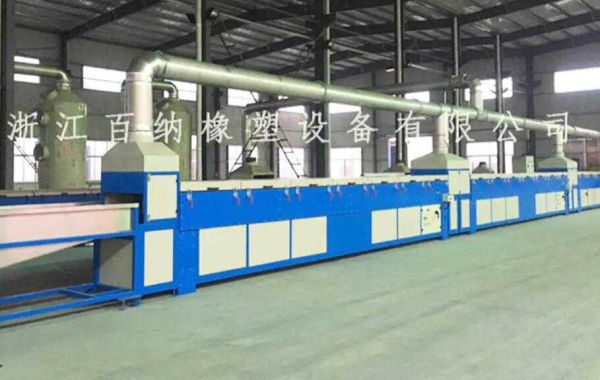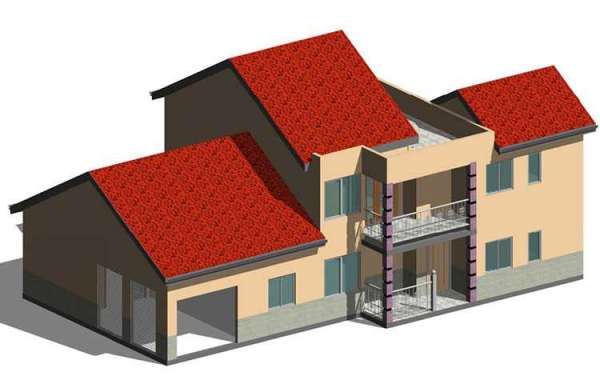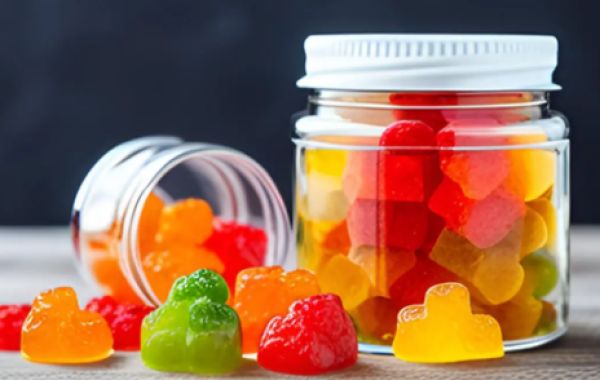The earliest screw used in an ordinary cold-feed rubber extruder is to increase the length-to-diameter ratio on the basis of the screw of the hot-feed extruder, and then the screw gradually increases the geometric compression ratio and the depth of the small screw groove. Since the ordinary screw is not equipped with mixing elements, this type of screw mainly plays the role of conveying and compacting, and the movement of the rubber material in the screw still basically maintains a laminar flow state, so that there is a "dead zone" in the flow of materials in the screw channel. " and "clamping" phenomena, the rubber can not get the ideal mixing and plasticizing effect in the screw groove. Due to the serious limitations of ordinary screw extruders, ordinary cold-feed extruders have not been popularized in the rubber industry for a long time, and their use is only limited to the coating of cables and wires, so it is necessary to expand their use Just must seek a kind of extruder that adopts new screw configuration.
In 1963, a major breakthrough was achieved in screw design, that is, a mixing section was introduced on the screw, and a strong shear screw with primary and secondary threads appeared. The original high-shearing screws, Mailefer and Barr, were used to process profiles, ie, to separate the solid and liquid phases of plastics.
In 1970, people developed a strong shear-type screw with upper main and auxiliary threads for rubber extrusion and correspondingly appeared cold feed extruders such as main and auxiliary thread cold feed extruders. The shear function and mixing function are significantly improved, and at the same time, a higher head pressure can be established, which breaks through the problem of plasticizing ability that has not been solved by ordinary cold-feed extruders. The main thread of this kind of main and auxiliary thread strong shearing screw is the same as that of the ordinary screw. Variations in edge height. Since the sub-flight is only allowed to be conveyed forward through the narrow slit, the compound is continuously sheared strongly, which effectively eliminates the "dead zone" of the compound in the groove of the ordinary screw, thereby enhancing the plasticizing and mixing effect.








